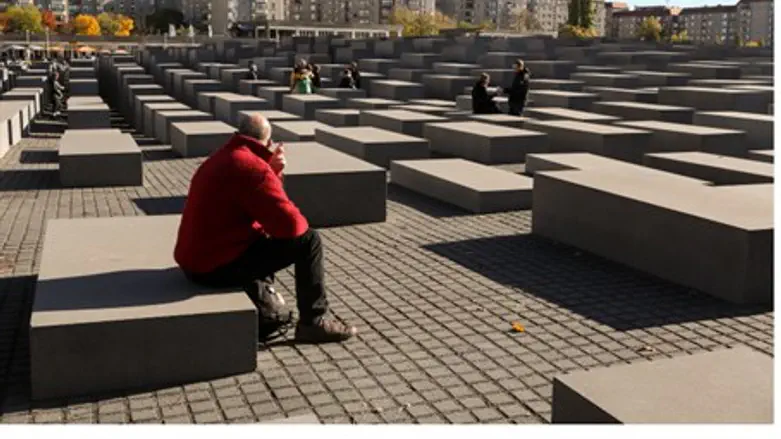
Deep in the woods of Ripples, New Brunswick, some 700 Jews found themselves stepping into an internment camp during the early months of the Second World War. Now almost 70 years later, The Vancouver Sun enfolds the story of a little known camp that saved many Jews from perishing in the Holocaust.
During a relief effort known as the Kindertransport, 10,000 Jewish boys were separated from their families in Austria and taken to the United Kingdom as a safe haven. At the time, Prime Minister Churchill called upon Canada and Australia to host many of the refugees in fear that there could have been spies among them, and shoveled them off to those areas.
On August 12, 1940 the group of 700 men and boys arrived to the Internment Camp B70. They were led by foot through the isolated woods in New Brunswick, about 30 kilometers east of Fredericton.
As the second youngest boy in the camp, Fred Kaufman recalls his of memories of the camp as being very cold. "The camp was in the middle of the woods and we spent our days chopping down trees into heating-sized cords of wood," Kaufman said.
The internees slept in army barracks and spent their days cutting the 2,500 cords of wood required each year to keep the 100 wood stoves in the camp burning.
Kaufman and the other men wore denim pants with a red stripe on the leg and denim jackets with a large red circle on the back. "That's in case you ran away and you could be identified as an internee," Kaufman said.
"It would also make a good target if someone wanted to shoot you," he added. Stationed around the perimeters of the camp were six machine gun towers.
The internees were at the camp for only a year after Britain had realized that the internees could contribute to the war effort. Kaufman was given the choice to return to England and join the military forces, although he preferred to stay in Canada.
By 1941, the camp was closed in order to prepare for prisoners of war from Germany and the rest of Europe. Canadians who spoke out against the war were also taken into custody there bringing the total of prisoners to 1,200 over a four year span.
The camp site was left untouched until 1997 when a former teacher, Ed Caissie, encouraged his students to partake in a project to restore artifacts belonging to the camp.
"As word got out, people started donating items that had come from the camp," Caissie said. "In some cases, their fathers were among the 350 guards at the camp, or they had bought items that had been made at the camp."
Later, Caissie and other volunteers set up the New Brunswick Internment Camp museum which is housed in Minto Town Hall and has 600 artifacts. "I think it is very important for the generations coming up to know about our history," Caissie said. He hopes that more attention will be brought of the history of B70 internment camp.
Fred Kaufman has not made a visit to the internment camp since he left, saying it is something he prefers keeping in the past.
"My most vivid recollection was the northern lights at night," Kaufman said. "The magnificent northern lights could be seen in that part of the country." Kaufman would like to keep that as his final recollection of the site.
“Even though there are unhappy memories for parts of it, on the whole I have to be very grateful that I was lucky to get out,” he said.